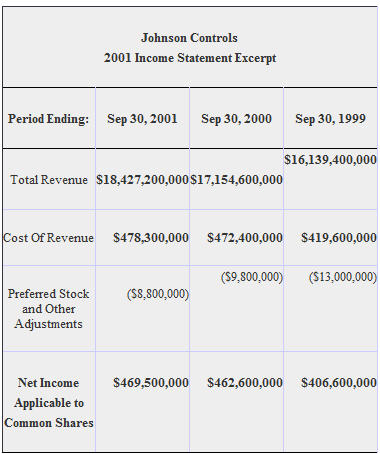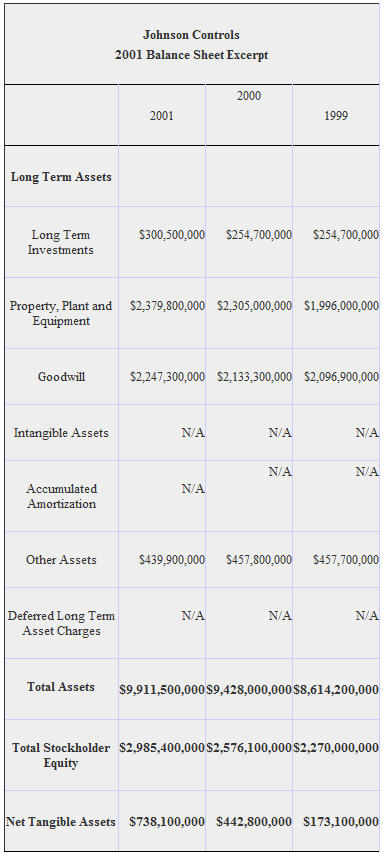Posts Tagged ‘calculate ROA’
Return on Assets (ROA)
Posted on: July 20, 2009
Return on Assets
Where asset turnover tells an investor the total sales for each $1 of assets, return on assets [or ROA for short] tells an investor how much profit a company generated for each $1 in assets. The return on assets figure is also a sure-fire way to gauge the asset intensity of a business. Companies such as telecommunication providers, car manufacturers, and railroads are very asset-intensive, meaning they require big, expensive machinery or equipment to generate a profit. Advertising agencies and software companies, on the other hand, are generally very asset-light (in the case of a software companies, once a program has been developed, employees simply copy it to a five-cent disk, throw an instruction manual in the box, and mail it out to stores).
Return on assets measures a company’s earnings in relation to all of the resources it had at its disposal [the shareholders’ capital plus short and long-term borrowed funds]. Thus, it is the most stringent and excessive test of return to shareholders. If a company has no debt, it the return on assets and return on equity figures will be the same.
There are two acceptable ways to calculate return on assets.
Option 1:
Net Profit Margin x Asset Turnover
Option 2:
Net income
———–(divided by) ———–
Average Assets for the Period
The lower the profit per dollar of assets, the more asset-intensive a business is. The higher the profit per dollar of assets, the less asset-intensive a business is. All things being equal, the more asset-intensive a business, the more money must be reinvested into it to continue generating earnings. This is a bad thing. If a company has a ROA of 20%, it means that the company earned $0.20 for each $1 in assets. As a general rule, anything below 5% is very asset-heavy [manufacturing, railroads], anything above 20% is asset-light [advertising firms, software companies].


The first option requires that we calculate net profit margin and asset turnover. In most of your analyses, you will have already calculated these figures by the time you get around to return on assets. For illustrative purposes, we’ll go through the entire process using Johnson Controls as our sample business.
Our first step is to calculate the net profit margin. We divide $469,500,000 [the net income] by the total revenue of $18,427,200,000. We come up with 0.025 (or 2.5%).
We now need to calculate asset turnover. We average the $9,911,500,000 total assets from 2001 and $9,428,000,000 total assets from 2000 together and come up with $9,669,750,000 average assets for the one-year period we are studying. Divide the total revenue of $18,427,200,000 by the average assets of $9,660,750,000. The answer, 1.90, is the total number of asset turns. We now have both of the components of the equation to calculate return on assets:
.025 [net profit margin] x 1.90[asset turn] = 0.0475, or 4.75% return on assets
The second option for calculating ROA is much shorter. Simply take the net income of $469,500,000 divided by the average assets for the period of $9,660,750,000. You should come out with 0.04859, or 4.85%. [Note: You may wonder why the ROA is different depending on which of the two equations you used. The first, longer option came out to 4.75%, while the second was 4.85%. The difference is due to the imprecision of our calculation; we truncated the decimal places. For example, we came up with asset turns of 1.90 when in reality, the asset turns were 1.905654231. If you opt to use the first example, it is good practice to carry out the decimal as far as possible.
Is a 4.75% ROA good for Johnson Controls? A little research on MSN Money Central shows that the average ROA for Johnson’s industry is 1.5%. It appears Johnson’s management is doing a much better job than the competitors. This should be welcome news to investors.
Read More..
Comments